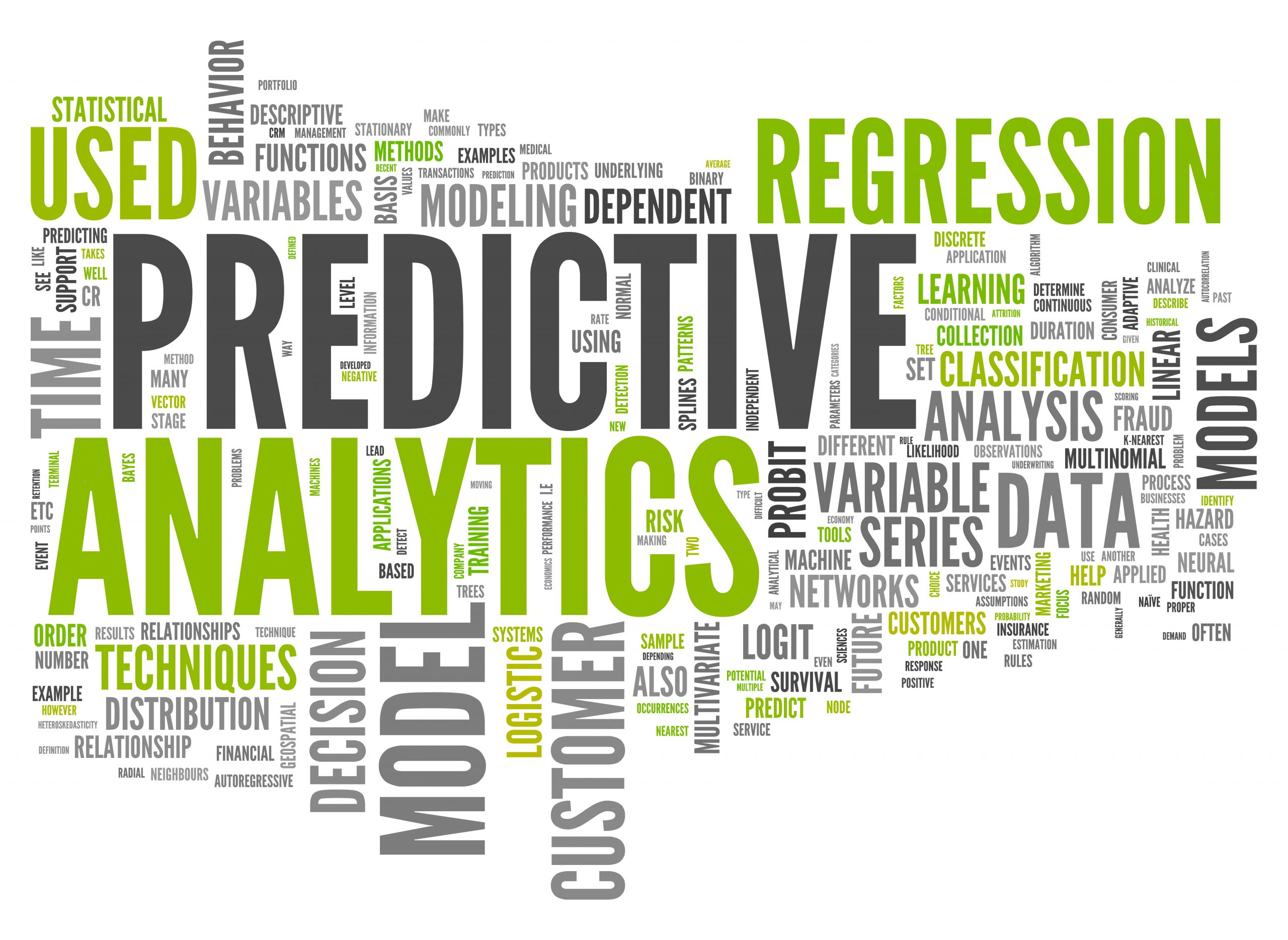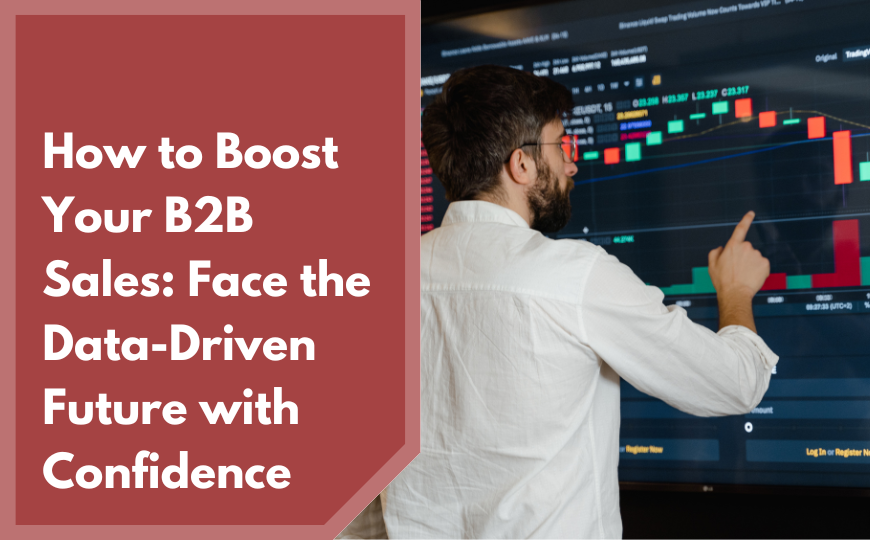With the influx of AI and big data, marketers now have powerful analytics tools at their disposal. Data-driven insights are used to enhance marketing efforts at every stage of the marketing funnel, with one of the most effective ones being predictive analytics.
Let’s discuss what predictive analytics in marketing are, why brands need to utilize them and best practices for increasing ROI and improving marketing performance.
Predictive Analytics Use Cases
The ability to generate predictive analytics can make or break a marketing campaign. Through the use of data and analytics tools, businesses can determine where they need to be and when. But there are ways you need to go about analyzing the data, determining how to reach your target audience and ultimately, how to keep them:
- Defining the outcomes: Determine the questions you want the data to answer. For example, “Which of my products is a repeat customer likely to buy over the next year?”
- Data collection: Determine which data you need, how you will gather it and the best ways to organize it.
- Analysis: Analyze data for useful information, which can help you better serve your customers.
- Statistics: Test and make final conclusions.
Predictive Analytics in Digital Marketing
Predictive analytics in marketing analyzes patterns based on data that is then processed even further to identify potential opportunities as well as risks.
The predictive analytics process follows a series of steps, which include:
Lead Scoring
Lead scoring involves ranking leads based on where they are in the marketing funnel. It allows marketers to use the information to collaborate in a more meaningful way, personalizing the buyer’s journey for each and every customer. With predictive analytics in digital marketing, leads are scored based on their readiness to buy.
Lead Nurturing
Lead nurturing, which happens at the earliest stages of the customer journey, requires planning. Using big data, predictive analytics also help businesses segment leads and create lead nurturing campaigns that are specifically geared toward moving customers down the sales funnel.
Content Distribution
Predictive analytics also aid in the distribution of content. Once you know which kind of content resonates with target groups, you can then create a marketing plan and disperse the content on the appropriate marketing channels. When leads receive custom-made content, it typically increases the probability of conversion.
Lifetime Value
Customer Lifetime Value is how much a customer is worth to you, regardless of funnel stage. Using predictive analytics allows you to use historical data to forecast the future lifespan of your relationship with them. In turn, this also gives you a bird’s-eye view into future budgets for customer acquisition costs.
Churn Rate
For a business to grow, it must have a faster rate of growth than churn rate. Churn rate is the percentage of user who stop subscriptions within a period of time. Using predictive analytics, you can identify warning signs of potential customer loss and then create nurturing strategies before it’s too late.
Upsell Prep
Regardless of the product or service, analyzing customer behavior can help you upsell, cross-sell or do both at the same time. For instance, if you see that 50 percent of customers who bought product A returned to buy product B within a set amount of time, you can then market product B to those customers shortly after they buy product A and hopefully capture customers who might not have even thought of buying product B in the first place.
Better Understanding of Product Fit
When it comes to marketing, the one-size-fits-all approach simply doesn’t work. Yes, you might want to market to the masses, but you need to understand how to reach each customer on a personal level. What works for one customer may not be appealing to a lead, which means if you don’t tweak your strategy, you could lose them.
Marketing Campaign Optimization
Finally, with predictive analytics, businesses and marketers alike can create higher-performing marketing campaigns in the future. They key is gathering as much data now, which can be applied to your future marketing efforts. Targeting and messaging can be streamlined to accommodate the needs of current customers and new prospects.
With the digital landscape changing almost faster than we can keep up, successful marketers need to analyze data and use it effectively. Your results will determine whether you’re data in the right way.
Enhancing the customer experience starts long before they reach checkout, so it’s up to you to make use of the information you have. Consumers know what they want and aren’t afraid to turn away from brands they were once loyal to. Understanding predictive analytics use cases and how to structure your marketing strategy to maximize ROI starts and ends with data.






